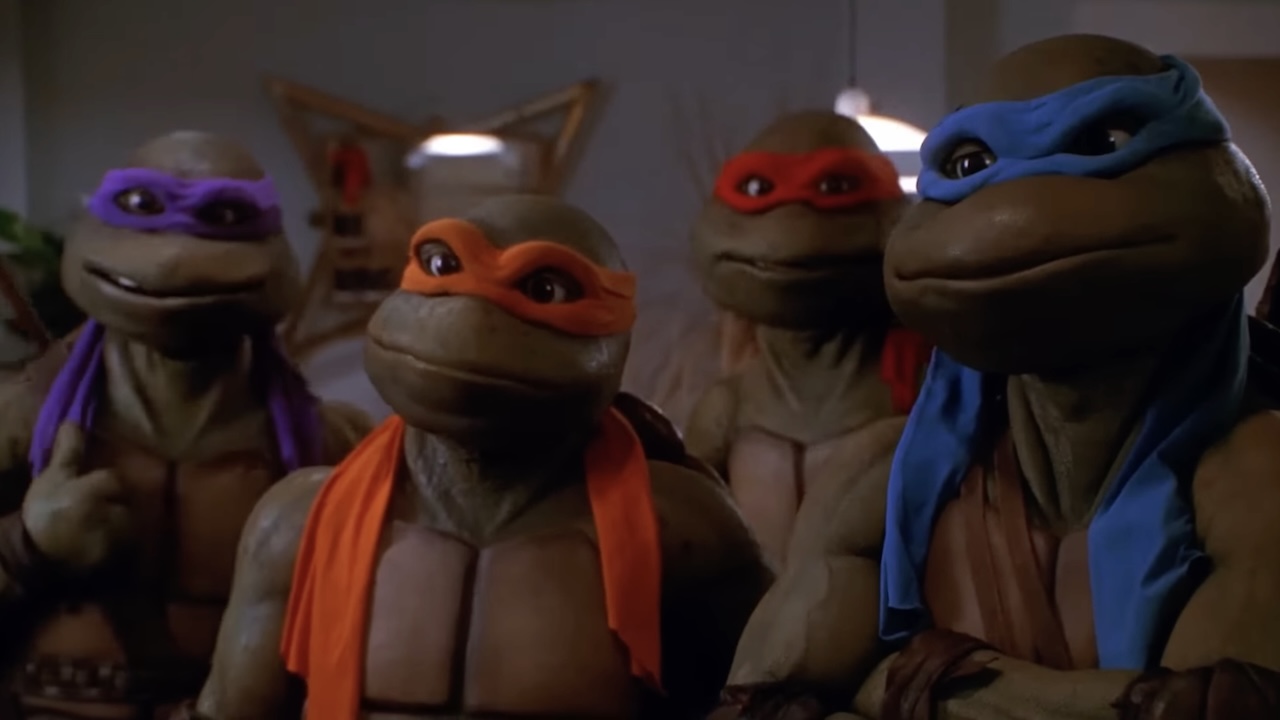I don't know how many times I've asked myself, "How come they're aren't more films about the Incubus?" Followed quickly by, "How come they're aren't more films about the Succubus?" While some of you may know a thing or two about these denizens of the underworld, I'll bet that the majority out there wouldn't know incubuses from succubuses if they rolled into bed with you (Which they do). In fact, incubi and succubi, which are the correct plural form I believe, have only appeared in a handful of films over the years. I, myself, can only think of three off the top of my head, two of which share the same title. Leslie Stevens' 1965 Incubus featured William Shatner speaking Esperanto while John Hough's 1982 The Incubus starred a very bored looking John Cassevettes cashing a check and battling the most well endowed demon this side of John Holmes. Whatever Jesus Franco's 1969 Succubus was about is debatable. I know some have thought it was about a giant anteater who inhales a Greyhound but I'm pretty sure it's mostly about Janine Reynaud's striptease act. So this at least gives Killing Ariel an advantage over its competition as it's about something other than masked killers, basement torturers, or reluctant vampires. In fact, both incubi and succubi are well represented here as both creatures prey on Rick (Michael Brainard), an ordinary insurance salesmen who finds himself the victim of an inexplicable family curse. Now for those in the dark, Incubi and Succubi are male and female demons respectively who prey on victims of the opposite sex. That is, they rape them and/or drive them mad. So far, so good.
But then the movie starts and we find ourselves in the middle of one of the most unnecessarily convoluted screenplay structures in recent years. Rick is first seen as a child in 1933 as he witnesses his mother and father being killed by an incubus. He is the sole survivor and we then flashFORWARD to "PRESENT DAY" in which an older Rick is questioned by a psychiatrist in a mental facility. His story is then told in flashBACK, in the year 1973 to be exact, when he first becomes entranced by the wiles of the succubi, a strange and supposedly Eurasian girl called Ariel (Axelle Grelet). Now we could argue for hours about the wisdom of setting a very low budget movie in the year 1973 but in actuality this is one of the things the filmmakers do quite well. While lacking tremendous production values, they recreate the FEEL of the early 70s through specific details (clothes, jewelry, one particular car) and through cinematic techniques that recall such early 70s gems like Night Gallery. There is something about the late afternoon sun cutting shadows along the Southern Californian roads that recalls Spielberg's Duel for example. The film almost seems to hit its stride during these sequences as Rick falls prey to mid life neuroses and buys a hot young car to impress the girl and to drive her out to the old family home for a weekend getaway.
It is during this long sequence, which makes up the majority of the film, that the film comes closest to recapturing the surreal feel of Serling's sideburns and feathered hair world of the unknown. The setting of the old house is very well captured and the events unfold in a surprising and very effective manner, slowly detailing Rick's slip from reality. If the film would've just focused on this simple story, even on just these two characters in the dark house the film would be much more successful. But the story is interrupted by flashFORWARDS again back to PRESENT DAY where an older Rick faces the anger of his grown up son and daughter for what he did to their mother. Then FlashBACKS again. This yo-yo effect seems like the product of a first draft and effectively sinks the dramatic values.
Still the film has moments when it gets most everything right and even seems to evoke classics of 70s Italian horror like Pupi Avati's The House with the Laughing Windows. It makes you hope that the filmmakers spend a little longer at the word processor next time to pull it all together. I think they might make something very memorable indeed. As I reviewed a screener copy of the disc, I was not able to view any extras and I do not know how well the screener represents the final version released. As it stands, the picture quality was quite good though a bit too dark in some scenes but the audio was atrocious. Music and effects mixed too loud while dialogue barely above a whisper. The synch also seemed to drift a bit scene to scene leaving the actors looking a bit rubber lipped. Hopefully these have been corrected for the final version.
Your Daily Blend of Entertainment News

